In the shadows of the Andean peaks and just a few kilometers from the imperial city of Cusco, Tambomachay stands as an archaeological site that embodies the mysticism and architectural mastery of the Inca Empire.
Known as the "Bath of the Inca," Tambomachay in Peru is not only remarkable for its impressive system of aqueducts and natural waterfalls but also as a ceremonial center where water, a sacred element for the Incas, plays a central role. In this blog, I will take you on a tour of every corner of Tambomachay, unveiling its history, architecture, and the deep spiritual connection the ancient Incas had with nature.
Tambomachay Archaeological Complex
The archaeological site of Tambomachay is a spectacle of Inca engineering, known for its refined structures and unique relationship with water. Here, the aqueducts and waterfalls, fed by springs, stand out alongside walls and large trapezoidal niches that demonstrate the Incas' reverence for water.
The site is organized into four terraced platforms attached to the hillside, built with perfectly assembled polyhedral stones. Atop the highest platform, a prominent wall features large trapezoidal niches. In front of this, the foundations of a circular tower suggest its past use in defense and communication.
Meaning of Tambomachay
The name Tambomachay comes from two Quechua words: “Tampu,” which translates as “collective lodging,” and “Machay,” meaning “place.” Together, they form a “resting place” or “Tambo of the Cave.” Interestingly, another interpretation of “Mach'ay” is “cave,” which perfectly matches the physical environment of the site, as Tambomachay is surrounded by striking geological formations and caves that stand out in the area.
Location
The archaeological complex of Tambomachay is located northeast of the city of Cusco, close to the main route of the Antisuyo. This fascinating site is just 8 km from Cusco and 1 km from Puca Pucara, making it easily accessible to visitors.
Tambomachay altitude
Tambomachay sits at an altitude of 3,700 meters above sea level and covers an area of 437 square meters. Its strategic position not only offers spectacular views but also brings us closer to the historical routes that once connected this region with the rest of the Inca Empire.
How to get to Tambomachay?
To reach Tambomachay from Cusco, you have several options depending on your travel preferences and available time:
- By car or taxi: Tambomachay is only 8 km from Cusco, making it very accessible by car or taxi. The trip takes about 20 minutes from downtown Cusco. This is a comfortable and quick option, ideal if you prefer to explore at your own pace.
- By bicycle: If you're adventurous, you can rent a bicycle in Cusco and ride a bike to Tambomachay. The road has a slight incline and offers spectacular views of the Andean landscape.
- Guided tour: Joining a guided tour is an excellent way to visit Tambomachay. Tours typically include transportation from Cusco and provide the advantage of a guide who will offer historical and cultural details about the site and other nearby locations such as Sacsayhuaman, Qenqo, and Puca Pucara.
| At TreXperience, we offer our exclusive City Tour, which is ideal for exploring Tambomachay, Sacsayhuaman, Qenqo, and Puca Pucara in one day.
Tambomachay history
During the Inca era, Tambomachay was a place of great importance, occupied by the royal panacas of Hanan Qosqo. It houses the ninth huaca of the first ceque of the Antisuyo, and served as the residence of Inka Yupanqui. The Inca stayed in this area for hunting activities. Seventeenth-century chronicles describe the seat of Tambomachay, located in a place known as Pucaracay, which ancient accounts alternatively describe as a castle or as "walls from the time of the Inga," a description that matches the nearby archaeological site of Puca Pucara.
However, during the colonial and republican eras, the area underwent significant changes with the formation of estates and haciendas. Tambomachay became a private property dedicated to livestock production, managed by a landowner named Mendoza, who was originally from Puno and settled in this area. This transition marks a notable contrast between its cultural significance as an Inca site and its subsequent use during colonization.
When was Tambomachay built?
Tambomachay, considered a masterpiece of Inca hydraulic engineering, was likely built in the 15th century during the height of the Inca Empire. It served as both a ceremonial site and a resting place for the Inca elite.
Tambomachay today
Tambomachay ruins, located within the Sacsayhuaman archaeological park, are one of the most emblematic Inca monuments. This site was the scene of important ceremonies, including rituals dedicated to water, a resource revered by the Incas. A highlight of Tambomachay is its sophisticated hydraulic system, which still functions efficiently today, allowing water to flow and circulate through the complex.
This site is not only a sacred place but also a significant tourist attraction that welcomes hundreds of visitors each year. Alongside Sacsayhuaman, Puca Pucara, and other archaeological sites in Cusco, Tambomachay offers a unique window into Inca engineering and spirituality, captivating all who visit.
Important legends
Legend of Inca Yupanqui at Tambomachay
According to legend, Inca Yupanqui often frequented Tambomachay, using this beautiful place as a refuge during his hunting expeditions. Tambomachay, known for its beauty and intricate water systems, had exclusive access during the Inca era, reserved only for the Inca and his entourage. This site served not only as a royal retreat but also as a space for ceremonial and leisure activities.
Additionally, there is another fascinating legend related to the mystical waters of Tambomachay, particularly known for their supposed ability to influence fertility. It is said that if a woman drinks from the waters flowing from the right side of the waterfall, she will have a higher chance of conceiving a male child. Conversely, if she drinks from the left side, it is said that the likelihood of having a female child increases. This belief underscores the deep connection between the Incas and the natural elements, attributing special powers and meanings to the natural features of their sacred sites.
What to see at Tambomachay Ruins?
The water sources
Tambomachay, also known as the Bath of the Ñusta or the Inca spa, features two aqueducts meticulously carved into the rock that transport and maintain a constant flow of clean water all year round. These crystal-clear waters, which flow ceaselessly, are a central part of this historic site.
It's a small, carefully sculpted stone pool, considered a liturgical fountain where the Incas worshiped the vital element of water. Today, this place stands out not only for its historical significance but also for the beauty of its waterfalls, which can be admired in the open air. It offers visitors a natural and cultural spectacle of significant meaning.
The Pucara or Ushnu
Located in front of the central fountain and built on a prominent rocky outcrop, this structure has solid walls adorned with a central entrance and large trapezoidal niches of exquisite masonry. Known as "pucará," or watchtower, this building could have served as a strategic observation point.
Further detailed research indicates that this place could also have functioned as an "ushnu," a ritual platform used by the Incas for ceremonies and rituals. This discovery highlights the rich duality of the site, which served not only for defense but also as a sacred space for spiritual and ceremonial gatherings.
The paths
The paths to Tambomachay play crucial roles in the network of the Tahuantinsuyo. Some were commercial, connecting towns and provinces, while others, ritualistic, linked sacred sites. This latter type includes a route that starts from Sacsayhuaman, passes through Puca Pucara, and reaches Tambomachay, a place revered as holy. These paths facilitated not only trade but also allowed the Inca and his noble family to worship in these spiritual spaces, thus integrating Tambomachay into the critical network of paths towards the Antisuyo.
The terraces
Tambomachay is ingeniously built with four platforms or terraces that adapt to the natural shape of the rocky terrain. Each platform has its architectural style that highlights the Inca skill in construction. Two of these terraces are made with orderly and precise masonry, while the other two feature a polygonal style, with stones of various shapes that fit perfectly together without mortar.
On the top platform, you'll find the site's most emblematic wall, large and striking, featuring four trapezoidal niches. These features not only demonstrate the Incas' technical prowess but also their deep sense of aesthetics and functionality in their constructions. This careful design allows Tambomachay to stand out not only for its history but also for its architectural beauty.
Weather
Tambomachay weather, typical of the inter-Andean valleys of Cusco, ranges from temperate to dry, with two well-defined seasons that shape the landscape throughout the year. During the winter, from June to September, you'll enjoy a dry season, ideal for exploring the archaeological site under a clear sky. Conversely, the summer, from December to March, brings varied precipitation, adding a fresh, green touch to the environment.
Read More | Peru weather.
The best time to visit Tambomachay
The best time to visit Tambomachay is during the dry season, from June to September. During these months, the weather is generally clear and sunny, making conditions ideal for exploring the archaeological site and enjoying the views without the interruption of rain. Additionally, this period offers pleasant temperatures that perfectly complement a day of tourism in the high Andes near Cusco.
Flora and fauna at Tambomachay
Flora
Tambomachay is famous not only for its Inca history but also as part of the Sacsayhuaman archaeological park, where you can appreciate the impressive biodiversity typical of the region.
Among the notable vegetation in the area, you will find the Queñua (Polylepis), the Roque (Coletia spinosissima), and the Huayruro cusqueño (Cytharexylum herrerae). You can also see the Lloque (Kageneckia lanceolata), the Huaraqo (Opuntia flexuosa), as well as varieties of grasses like the paja or cebadilla (Festuca heterophylla) and the paja brava (Stipa ichu). This diversity of plants not only adds to the natural charm of the place but also offers a window into the ecosystems of the high Andes near Cusco.
Fauna
The fauna at Tambomachay is very diverse. Here, you will encounter a variety of species, from small mammals to birds, amphibians, and insects that thrive in the nearby forests.
Some of the most notable inhabitants include the deer (Odocoileus virginianus), known for its elegant appearance; the cunning fox (Pseudalopex culpaeus); the oscollo (Oncifelis colocolo), a small and elusive feline; and the poroncoe (Cavia tschudii), a rodent typical of the region.
Archaeological Sites you can visit near Tambomachay, Peru
Sacsayhuaman
Located north of Cusco, just 2 km from the Plaza de Armas, Sacsayhuaman was much more than the capital of the Inca Empire; it served as a religious center and is considered the most important fortress and ceremonial temple of the Tahuantinsuyo. This archaeological site features an impressive array of constructions, including residential buildings, watchtowers, bastions, ceremonial spaces, warehouses, aqueducts, and canals.
Qenqo
Located about 3 km northeast of Cusco in the ancient neighborhood of T’occocachi, Qenqo is a site formed on a bedrock of sedimentary limestone and was considered a huaca (sacred place). Qenqo, meaning "labyrinth" in Quechua, also served as an astronomical observatory. During the Inca era, ceremonies and rituals were held here. Unfortunately, it was partially destroyed by Viceroy Francisco Toledo during the suppression of idolatries.
Puca Pucara
Just 1 km from Tambomachay, Puca Pucará, known as the "red fortress," was an important military control post. This complex served as a resting place for the Inca army and as a preparation point for battles. It is characterized by its semicircular structures, aqueducts, watchtowers, open plazas, and ancient paths, all built with limestone bonded by mud mortar.
Inka Carcel - Inkilltambo
Located at the southern end of the Sacsayhuaman Archaeological Park, next to the Inkilltambo river, this site functioned as a resting area in Inca times. The site includes terraces used for agriculture and rectangular enclosures that serve as dwellings.
What to bring to Tambomachay?
When planning a visit to Tambomachay, it's crucial to carry some essential items to enjoy your full experience at this ancient Inca site. Here's a list of what you should consider bringing:
- Water and snacks: Drinking enough water and eating light snacks can help you stay hydrated and energized, especially if you plan to walk a lot.
- Appropriate clothing: The weather can be variable, so it’s wise to wear layers that you can add or remove as needed. Include a waterproof jacket in case of sudden rain.
- Sun protection and hat: The altitude in Cusco and its surroundings can make the sun particularly strong, so remember to sunscreen and a hat to protect yourself from the sun.
- Comfortable footwear: Wear hiking shoes or any comfortable, sturdy footwear suitable for walking on uneven surfaces.
- Camera or smartphone: Tambomachay is a site full of natural beauty and history, so you’ll want to capture images of your visit.
- Cash: Although entrance to Tambomachay may be included in a Cusco tourist ticket, it’s helpful to carry some money in case you want to buy souvenirs or require extra food or drink.
- Personal documentation: Carry your passport or a copy of it, especially if your visit is part of a tour or if you need to identify yourself to use a tourist ticket.
The Hydraulic Sanctuary of the Incas
Tambomachay Cusco, Peru, is more than an architectural marvel of the Inca era; it is a portal that reveals how this advanced civilization integrated with nature and the divine. Through its complex hydraulic systems and detailed structures, the Incas honored water, creating a space for both peace and ceremony that endures through time. Visit Tambomachay is like making a pilgrimage to the core of the Inca culture, where every element tells the story of a people who still teach us about the importance of harmony with the world.
Whether you're looking for a spiritual connection, a historical adventure, or simply a moment of tranquility in a stunning setting, Tambomachay offers a profoundly enriching experience that stays with you long after your visit has concluded.

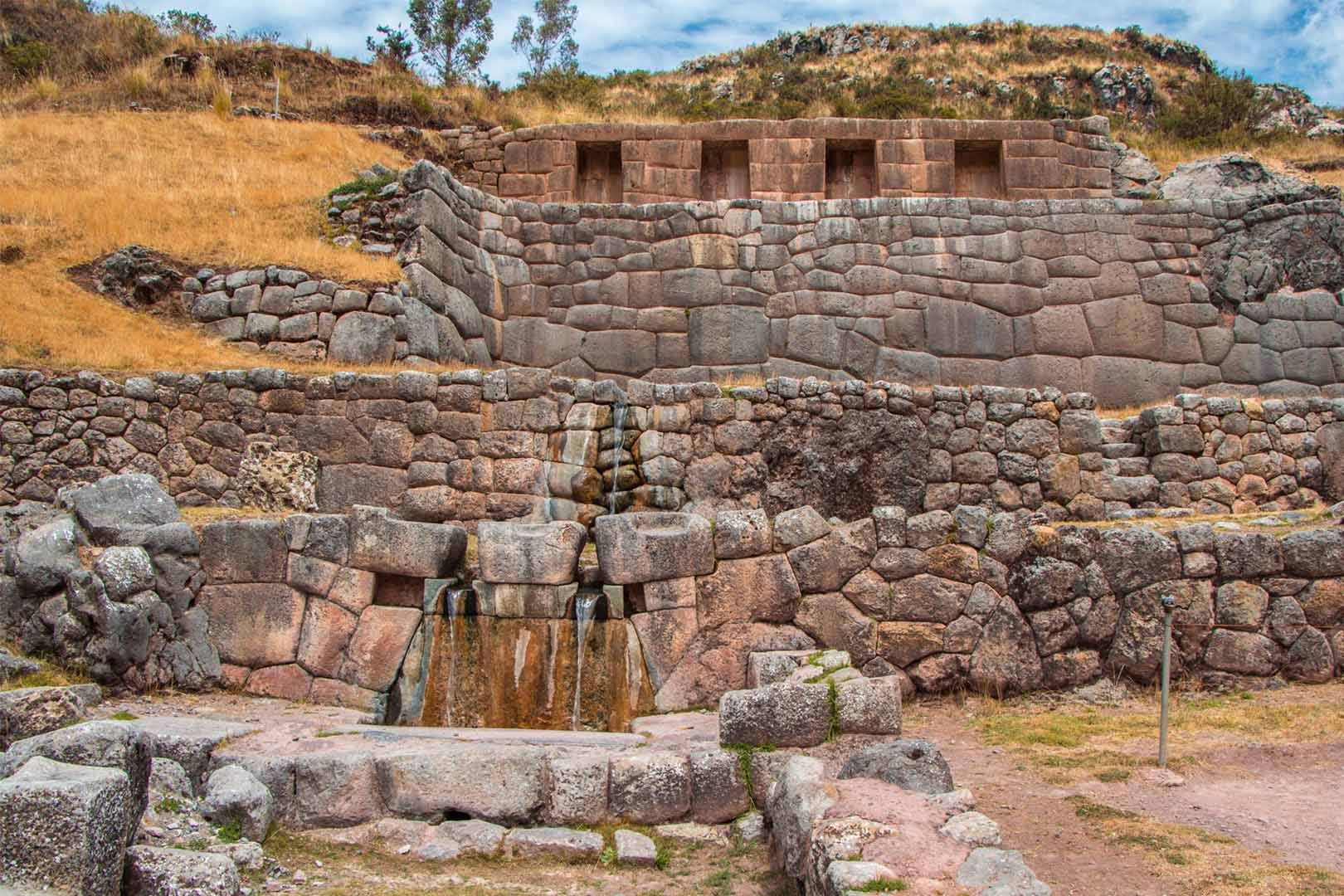

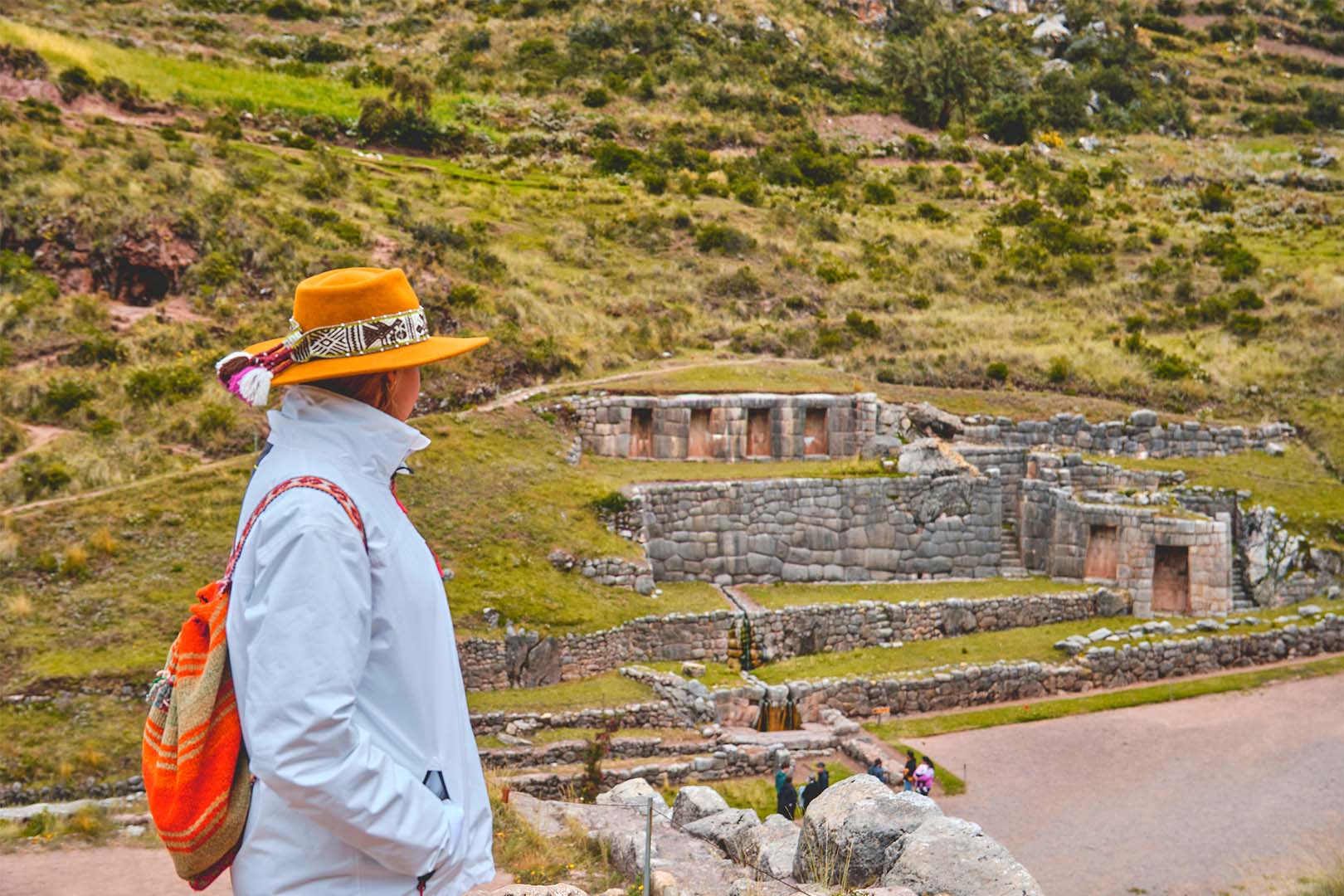
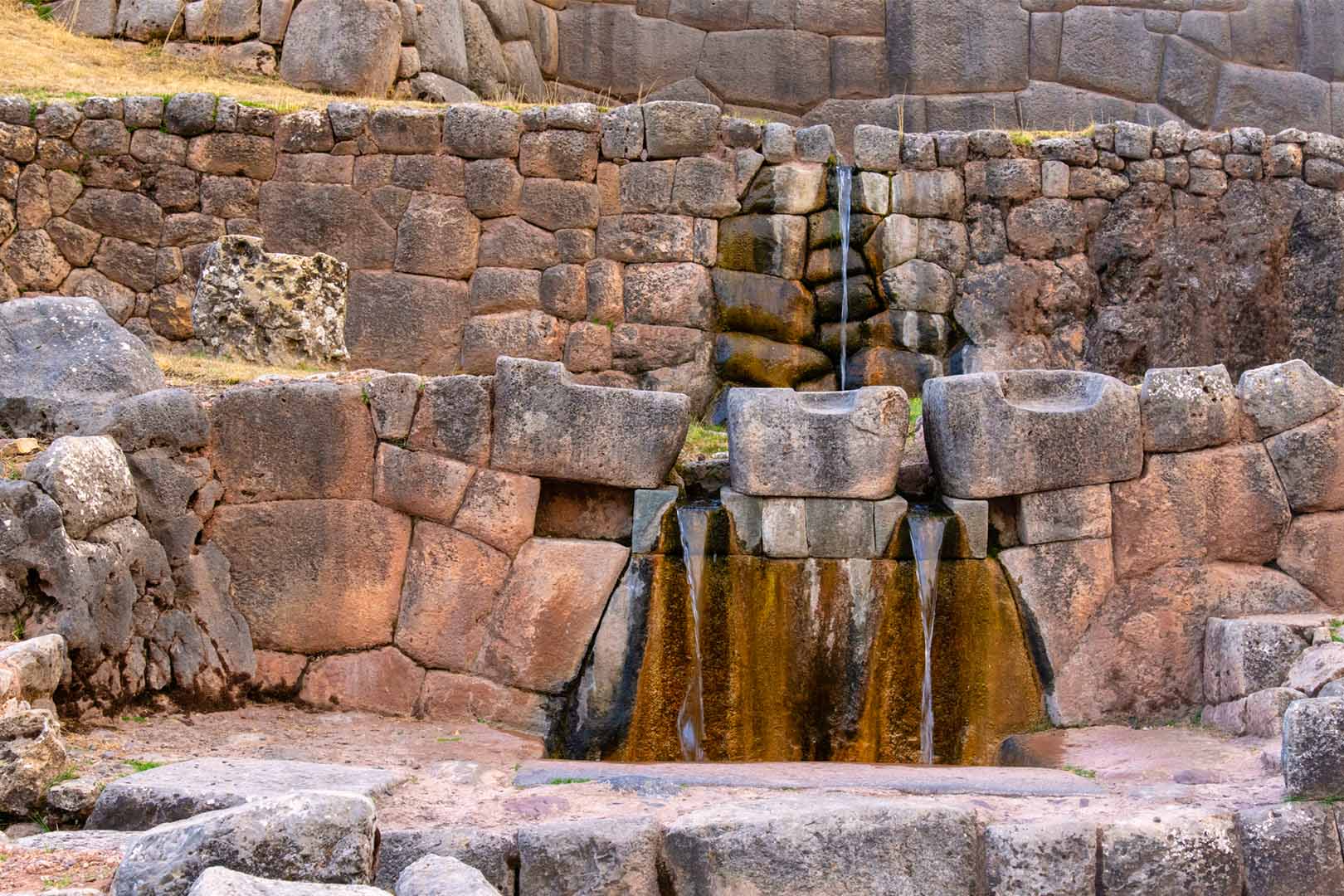
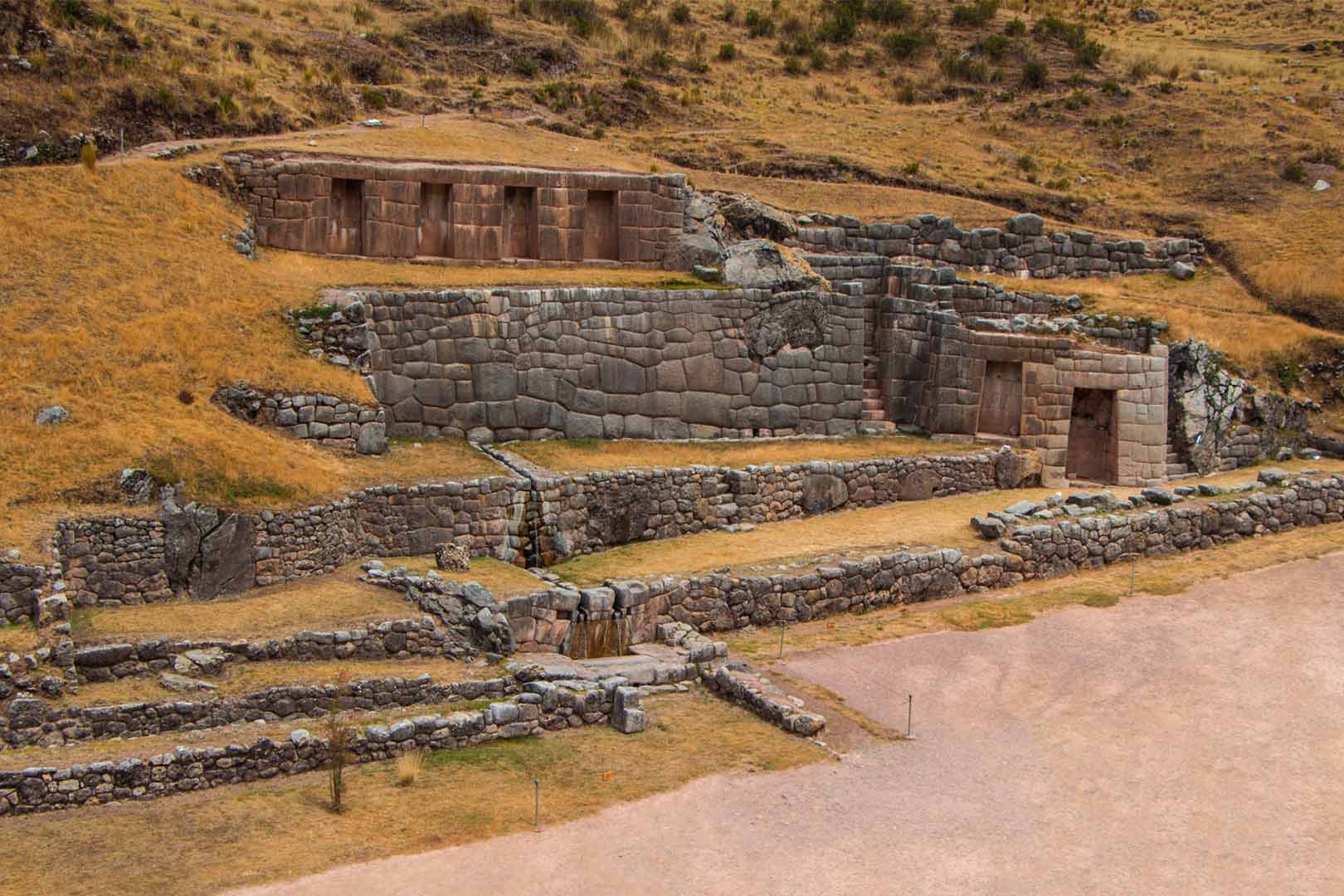
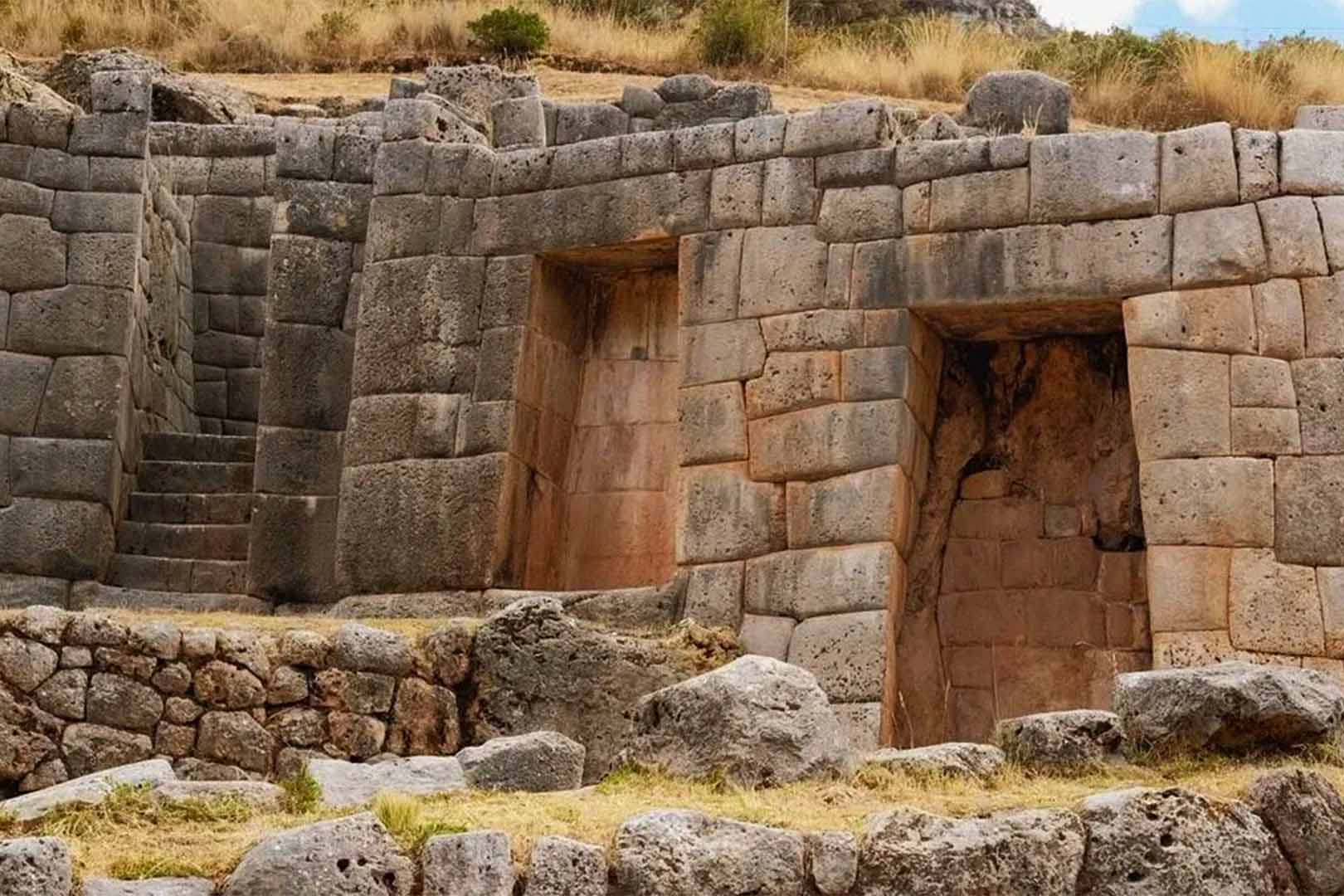
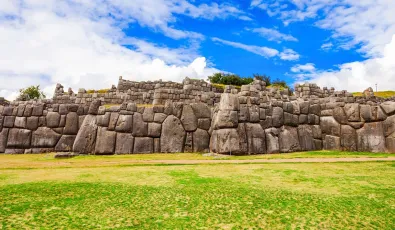
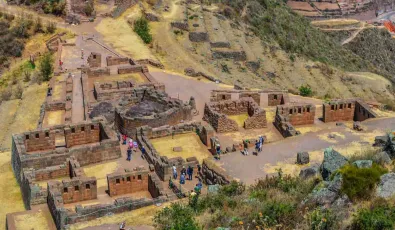
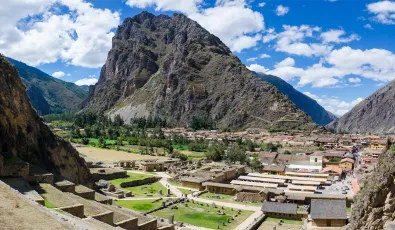

Add new comment